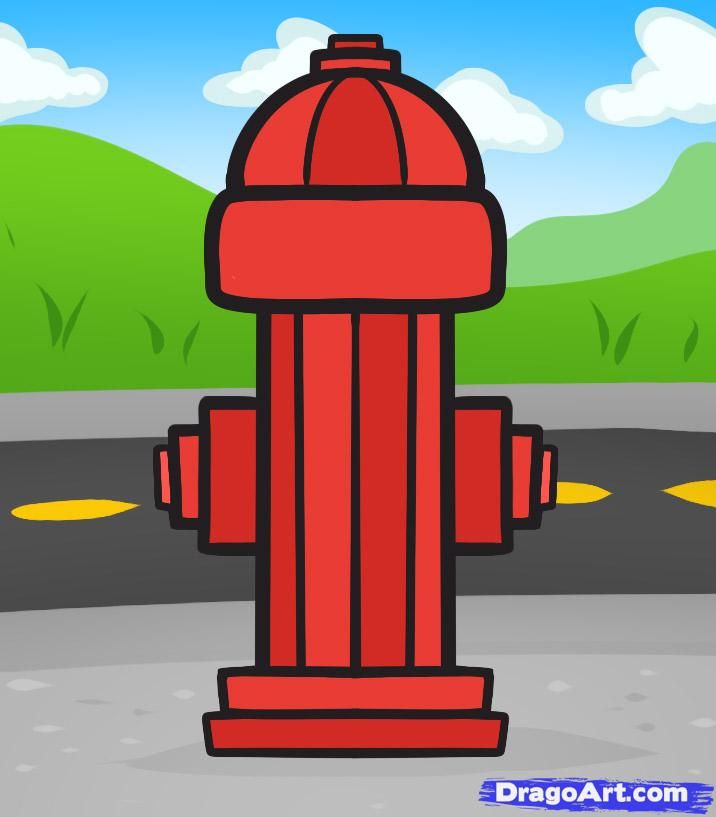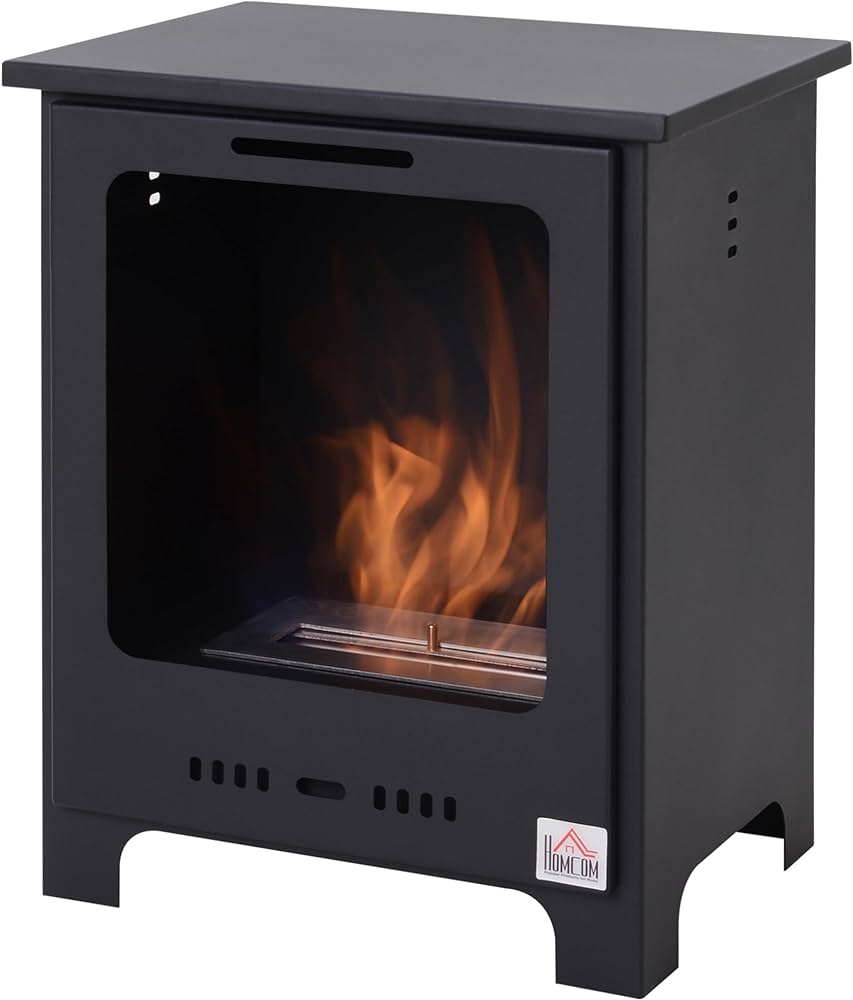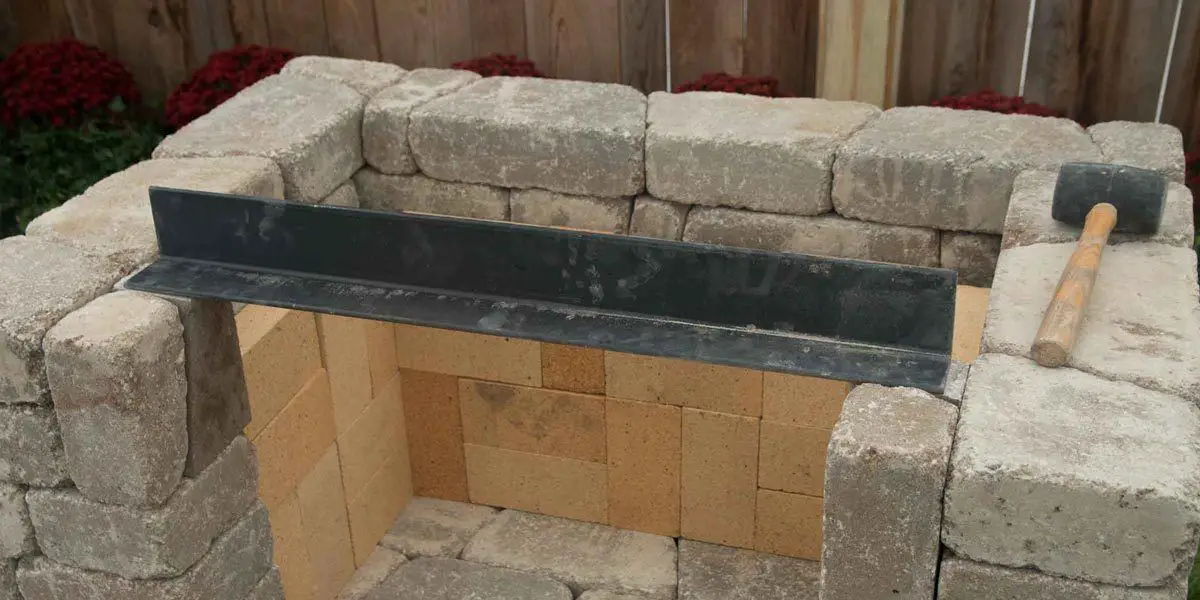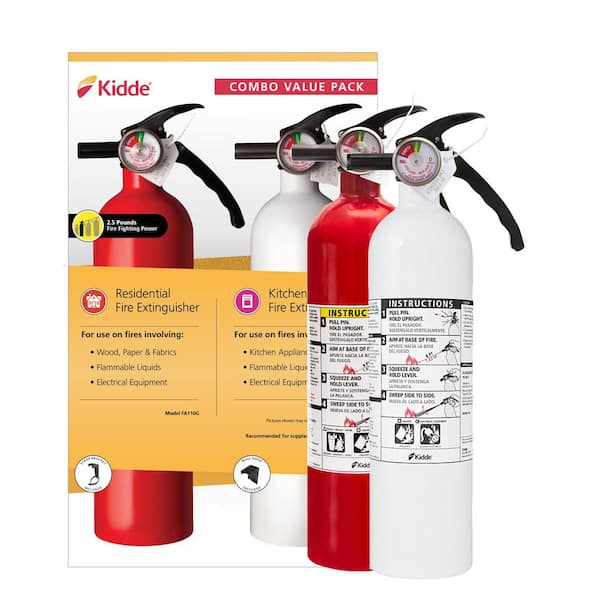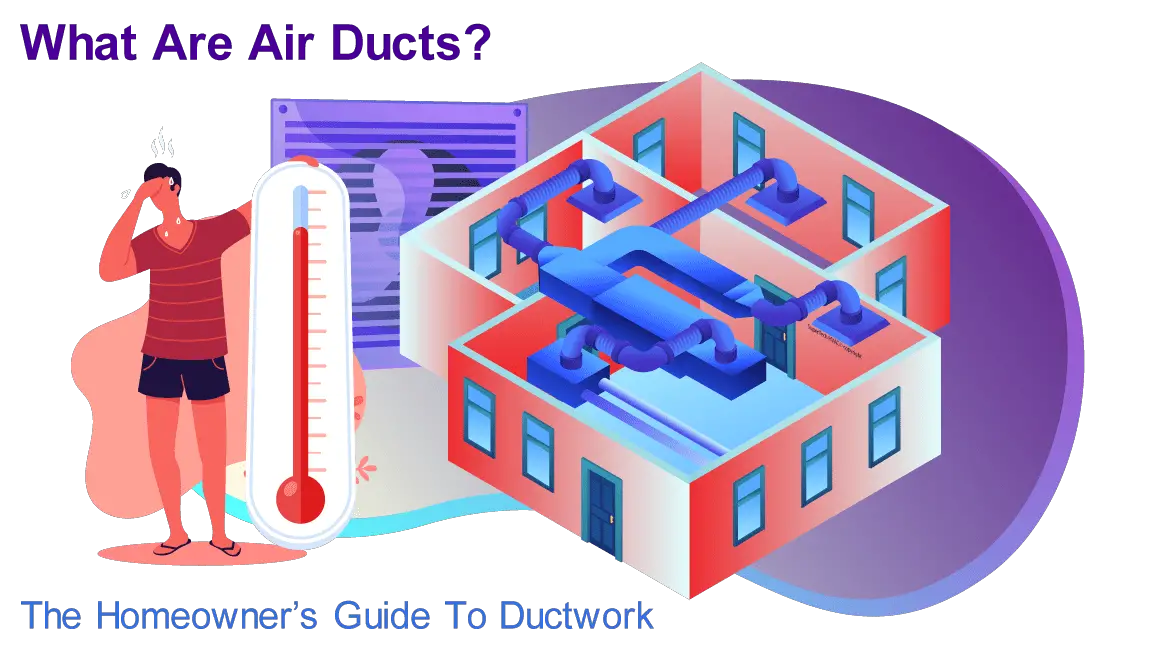Effects Of Heater On Human Body: Unseen Dangers Revealed
Overusing or using an oversized heater may lead to increased carbon monoxide and nitrogen dioxide fumes in the air, causing symptoms like cold or flu-like ailments, headaches, and irritations in …
